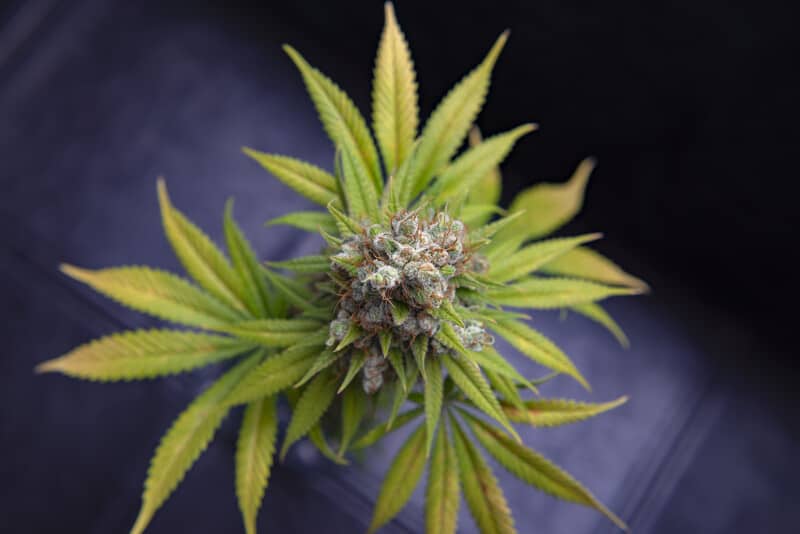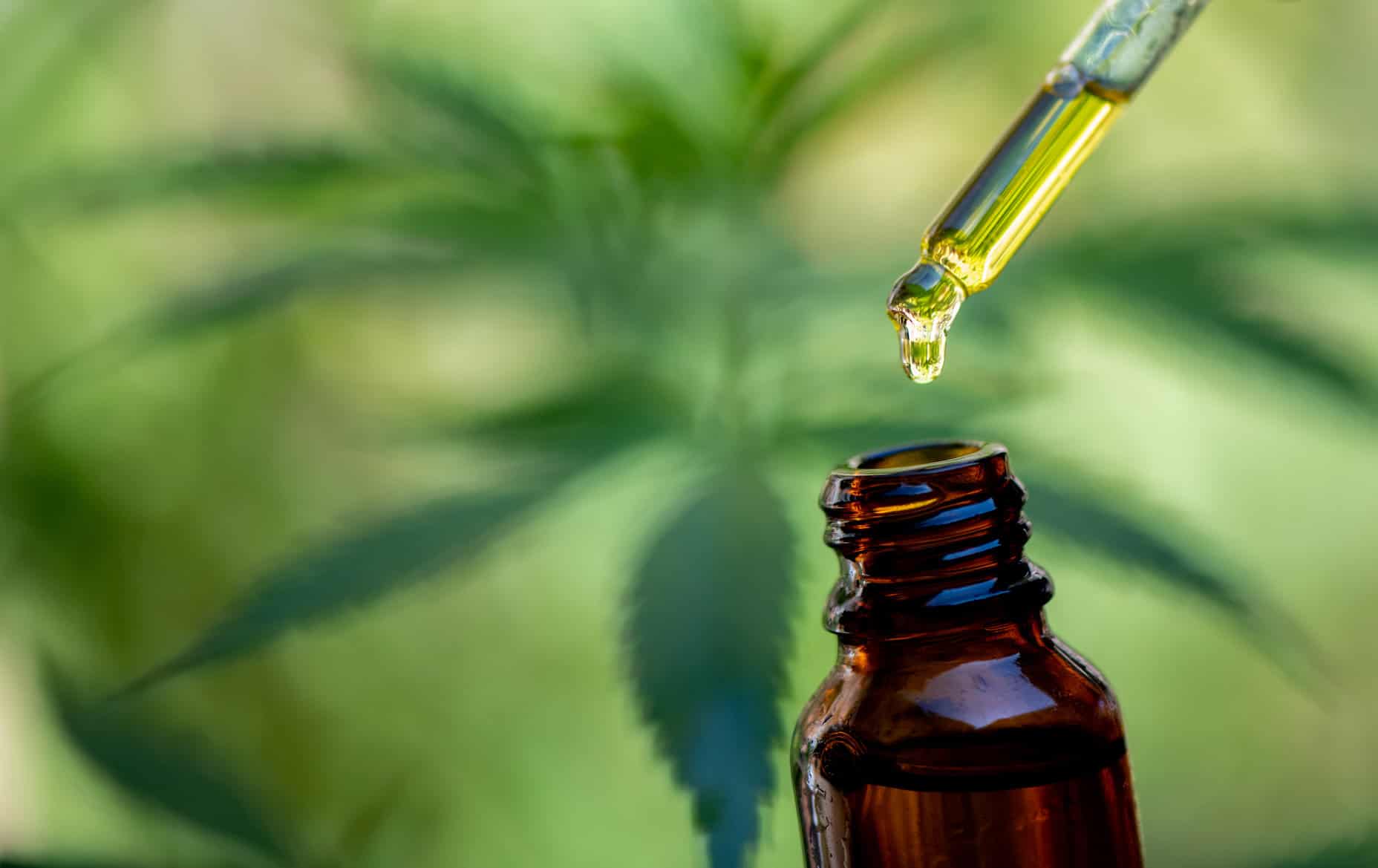Did you know in 2021, roughly 51.6 million U.S. adults were battling chronic pain, with 17.1 million enduring high-impact pain episodes? While the causes range from the stresses of busy lives to simple neglect of self-care, the go-to solution for many has been painkillers.
But times are changing. A total of 38 states (including Pennsylvania) have now embraced medical marijuana as a legitimate treatment for chronic pain. In fact, the number of people obtaining doctor’s approval for cannabis use has seen a significant rise, doubling from 1.2% in 2013 to 2.5% in 2020.
This shift brings forth a burning question: Which is more effective?
Do you also want to know the answer to this question? If so, continue reading this article as we delve into the details of both treatments.
Medical Marijuana: A Natural Approach to Pain
Medical marijuana comes from the cannabis plant, offering potential relief for various ailments. To be more precise, it’s packed with components like THC and CBD that react with the endocannabinoid system. This system plays a role in regulating mood, pain, and other physiological processes. By influencing this system, cannabis can help soothe pain and comfort those in need.
But it’s not a free-for-all. To use it, you’ve got to obtain a medical marijuana card from your state. Only then you can legally buy and use cannabis for health issues. It’s also worth noting that this card is not everlasting; it has an expiration. When it’s time, you’ll need to go through a recertification process.
Taking Pennsylvania as a case in point, for PA mmj recertification, you need to sign up on the Medical Marijuana List. Have a doctor confirm your health issue that can be treated with cannabis. Once approved, you’ll need to pay for your medical marijuana ID card. But don’t stress over the nitty-gritty; we’ll dive deeper into the process shortly.
Traditional Painkillers: A Familiar Solution
When pain strikes, the first approach for most people is to get traditional painkillers that include opioids and NSAIDs (think medicines like morphine or ibuprofen). Perhaps it won’t be wrong to say that these have been the mainstay in managing pain for what feels like forever.
Here’s how they work: opioids tackle the pain signals in your brain, while NSAIDs keep inflammation in check, addressing the pain at its source.
Sure, they can be effective, offering quick relief when you’re at your wits’ end with discomfort. However, excessive use of medical has its own side effects. So, it would be wise to understand these medications and visit the doctor if the pain is frequent and unbearable.
Making Your Choice: Cannabis or Conventional Painkillers?
Deciding between medical marijuana and traditional painkillers can feel like standing at a crossroads, unsure of which path to take. But the truth is, what works wonders for one person might not be the best fit for another.
It’s because human bodies, health histories, and pain levels are as unique as fingerprints. That’s why it’s essential not to go by hearsay or what’s trending. The safest and most effective way to make this decision is by consulting a trusted doctor.
They can diagnose your condition and provide personalized insights, ensuring you make a choice tailored to your needs. Nevertheless, in general
Medical marijuana might be a good choice for those who:
- Want a natural alternative with fewer side effects
- Have tried other pain management techniques without success
- Are worried about the addictive properties of opioids
Traditional painkillers might be suited for those who:
- Need quick and powerful pain relief
- Are undergoing surgery or intense medical procedures
- Are under medical supervision and aware of the risks
Remember, in the journey of pain management, there’s no one-size-fits-all solution. Your well-being deserves a well-informed choice. Now, what if your doctor recommends medical marijuana? How can you apply for a medical marijuana card? Let’s find out!
How to Apply for a Medical Marijuana Card?
Obtaining a medical marijuana card is quite simple. All you need to do is:
- Doctor’s Consultation: Start with a visit to a physician who’s approved to recommend medical marijuana. Discuss your medical conditions and see if you qualify.
- Application Process: Head to your state’s official health department website. Fill out the necessary forms and provide the required documentation.
- Wait for Approval: Once submitted, be patient! The processing time varies, but you’ll eventually receive a notification.
- Pay the Fee: Most states have an application fee. Ensure you pay it to complete the process.
- Receive Your Card: After approval, you’ll either get your card by mail or need to pick it up. Keep it safe!
Remember, each state has its own specific guidelines, so always check local regulations.
Final Verdict
Both medical marijuana and traditional painkillers have their place in pain management. Medical marijuana offers a holistic approach, while traditional painkillers provide fast and measurable relief. The best choice depends on the individual, their condition, and their comfort level with each option. So, stay informed, listen to your body, and choose what’s best for your unique situation.










